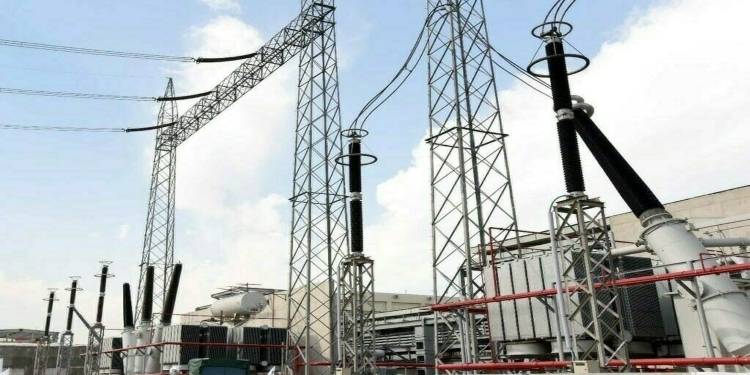
The federal cabinet has approved a power tariff hike plan that will lift subsidies ahead of virtual talks with the International Monetary Fund (IMF) mission starting Monday on the Memorandum of Economic and Financial Policies (MEFP).
The federal cabinet also approved a revised circular debt management plan through circulation in this regard. Policy-level talks between the government and the IMF mission concluded last week but a deal could not be finalized amid persisting differences over fiscal measures.
As per the plan approved by the cabinet, to be presented to the IMF, the government will increase the power tariff by Rs7.91 per unit in four quarterly adjustments — February-March 2023, March-May 2023, June-August 2023, and September-November 2023.
According to the plan, the government will charge Rs3.21 per unit from now onwards, Rs0.69 from March-May, Rs1.64 per unit from June to August, and Rs1.98 per unit from September-November. The consumer base tariff will be increased from Rs15.28 per unit in June 2022 to Rs23.39 per unit till June 2023.
As per the plan, the electricity subsidy of Rs65 billion being given to exporters will also end with effect from March 2023.
The government will achieve Rs51 billion from lifting subsidies on electricity for exporters while Rs14 billion will be collected by ending the subsidy on electricity under the Kissan Package from March 2023.
As per estimation, about Rs250 billion will be recovered from electricity consumers by June 2023. Approximately Rs73 billion will be collected from the rise in quarterly adjustments till June.
It is pertinent to mention here that due to the quarterly adjustment, electricity will become more costly by up to Rs4.46 per unit this month.
On the other hand, the government will hold talks with the IMF mission through a virtual meeting today to finalize specific taxation measures, resolve ambiguity over power base tariff and incorporate gross external financing requirements and Net International Reserves target for the end of June 2023.
It is not yet clear how much time both sides will take to solve these issues.
The federal cabinet also approved a revised circular debt management plan through circulation in this regard. Policy-level talks between the government and the IMF mission concluded last week but a deal could not be finalized amid persisting differences over fiscal measures.
As per the plan approved by the cabinet, to be presented to the IMF, the government will increase the power tariff by Rs7.91 per unit in four quarterly adjustments — February-March 2023, March-May 2023, June-August 2023, and September-November 2023.
According to the plan, the government will charge Rs3.21 per unit from now onwards, Rs0.69 from March-May, Rs1.64 per unit from June to August, and Rs1.98 per unit from September-November. The consumer base tariff will be increased from Rs15.28 per unit in June 2022 to Rs23.39 per unit till June 2023.
As per the plan, the electricity subsidy of Rs65 billion being given to exporters will also end with effect from March 2023.
The government will achieve Rs51 billion from lifting subsidies on electricity for exporters while Rs14 billion will be collected by ending the subsidy on electricity under the Kissan Package from March 2023.
As per estimation, about Rs250 billion will be recovered from electricity consumers by June 2023. Approximately Rs73 billion will be collected from the rise in quarterly adjustments till June.
It is pertinent to mention here that due to the quarterly adjustment, electricity will become more costly by up to Rs4.46 per unit this month.
On the other hand, the government will hold talks with the IMF mission through a virtual meeting today to finalize specific taxation measures, resolve ambiguity over power base tariff and incorporate gross external financing requirements and Net International Reserves target for the end of June 2023.
It is not yet clear how much time both sides will take to solve these issues.

